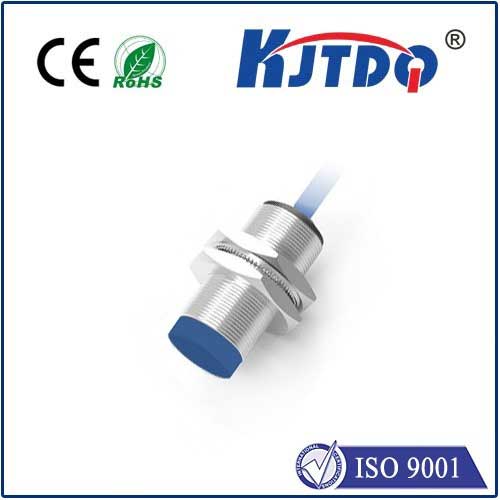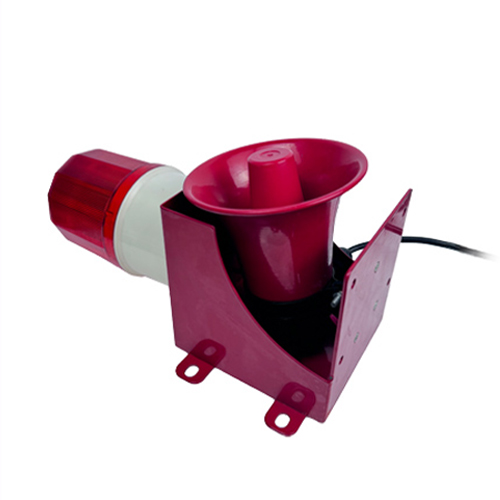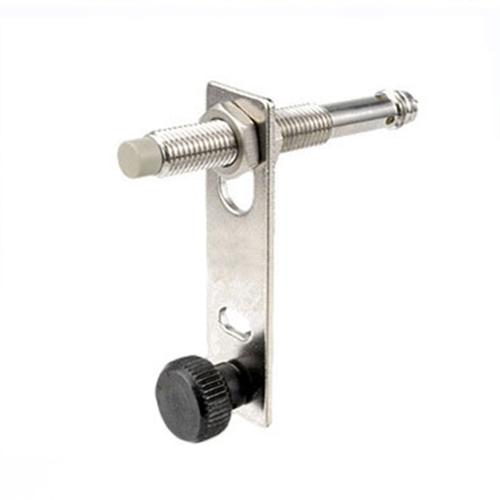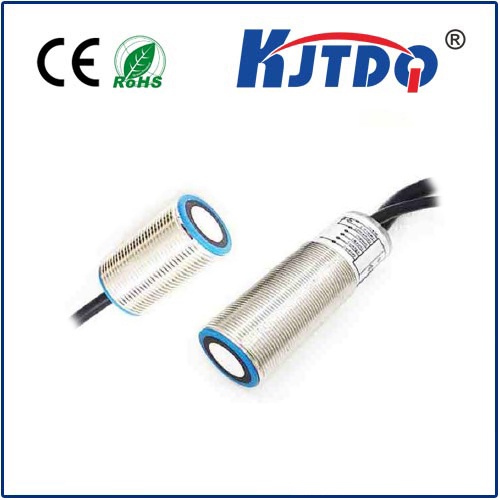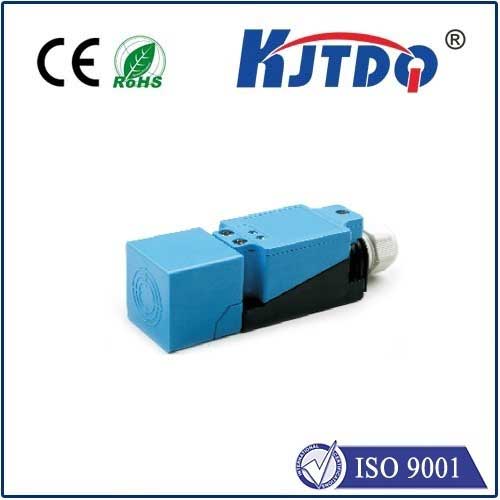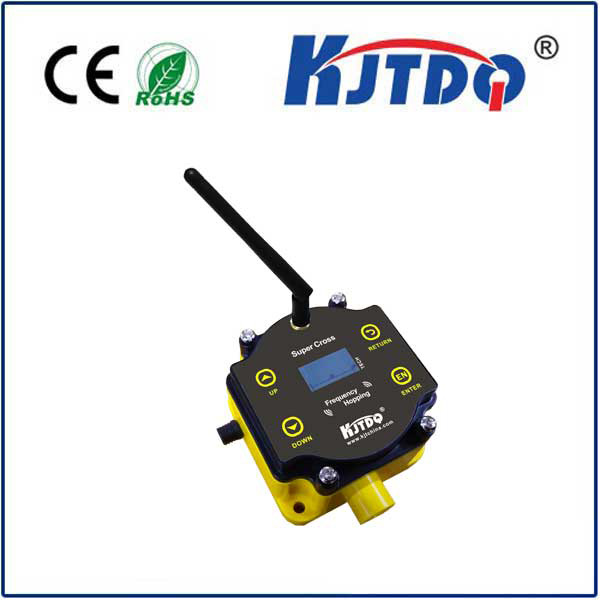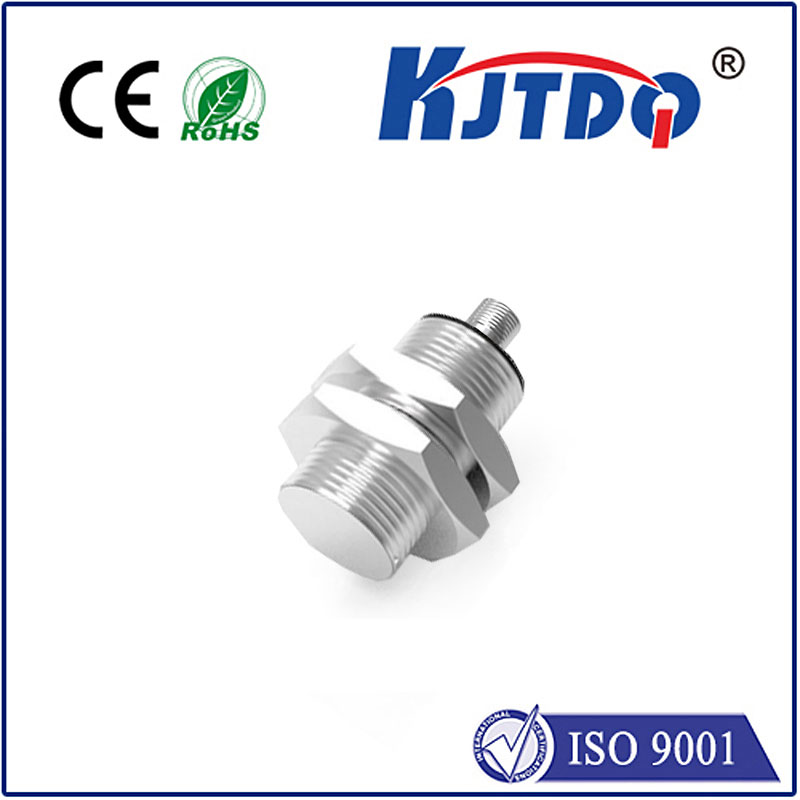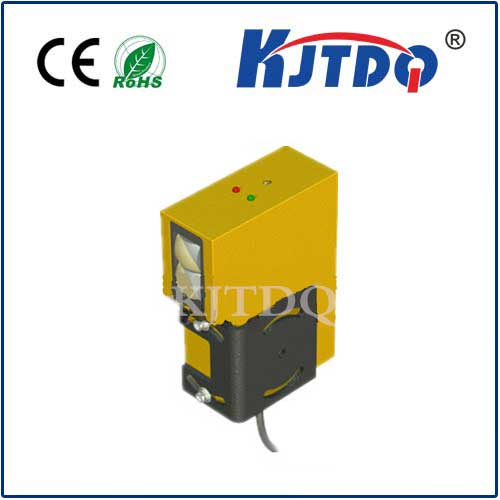fiber optic sensors an introduction for engineers and scientists
- time:2025-08-14 14:40:13
- Click:0
Fiber Optic Sensors Unveiled: Essential Knowledge for Engineers & Scientists
Imagine a sensing technology so precise it can detect minute vibrations on a bridge miles away, withstand the searing heat inside a jet engine, or measure chemical concentrations deep within living tissue—all while being immune to electromagnetic interference. This isn’t science fiction; it’s the powerful reality enabled by fiber optic sensors (FOS). For engineers and scientists pushing the boundaries of measurement and control, understanding these remarkable devices is no longer optional—it’s essential. This introduction cuts through the complexity, providing a foundational grasp of how FOS work, their distinct advantages, and their transformative impact across diverse technical fields.
The Core Principle: Light as the Messenger
At the heart of every fiber optic sensor lies a simple yet profound concept: modify light traveling through an optical fiber in response to an external stimulus, and decode that modification to obtain a measurement. This stimulus could be temperature, pressure, strain, acceleration, chemical concentration, acoustic waves, magnetic fields, or even radiation. The optical fiber itself, typically made of ultra-pure silica glass, acts as both the transmission medium for light (from a laser or LED source) and, often, the sensitive element.
The “modification” occurs through interactions between the light and either the fiber itself or a specially designed transducer attached to it. Key physical phenomena leveraged include:

- Intensity Modulation: Changes in the intensity (amplitude) of the transmitted or reflected light. This can be simple but susceptible to losses from bends or connector issues.
- Phase Modulation (Interferometry): Extremely sensitive techniques detecting shifts in the phase of light waves, often using interferometers like Michelson, Mach-Zehnder, or Fabry-Perot. Used for vibration, acoustic sensing, and ultra-precise displacement.
- Wavelength Modulation: Shifts in the wavelength (color) of light, commonly measured using Fiber Bragg Gratings (FBGs). FBGs are fundamental building blocks, reflecting a specific wavelength that shifts predictably with strain or temperature. Wavelength Division Multiplexing (WDM) allows many FBG sensors on one fiber.
- Polarization Modulation: Changes in the polarization state of light induced by external fields or stress.
- Scattering Effects: Analyzing backscattered light (Rayleigh, Brillouin, Raman scattering) within the fiber itself. This is the basis for powerful distributed sensing, enabling measurements at every point along kilometers of fiber cable.
Key Architectures: Point, Multiplexed, and Distributed
Fiber optic sensor systems are broadly categorized based on how and where they acquire data:
- Intrinsic vs. Extrinsic: In intrinsic sensors, the fiber itself is the sensing element (e.g., strain acting directly on the fiber core). In extrinsic sensors, the fiber merely transmits light to and from an external sensing element.
- Point Sensors: Measure a parameter at a single, specific location. Examples include FBG sensors, Fabry-Perot interferometric sensors, and many extrinsic chemical probes.
- Quasi-Distributed (Multiplexed) Sensors: Connect multiple discrete point sensors along a single optical fiber cable. Techniques like Wavelength Division Multiplexing (WDM) or Time Division Multiplexing (TDM) allow interrogation of each sensor individually. FBG arrays are a prime example, popular in structural health monitoring.
- Distributed Sensors: Represent a revolutionary capability. These systems effectively turn the entire optical fiber cable into a continuous sensor. By analyzing the time-of-flight and characteristics of backscattered light pulses (using Optical Time-Domain Reflectometry - OTDR principles), they provide a complete profile of temperature (Distributed Temperature Sensing - DTS, often using Raman scattering) or strain (Distributed Acoustic Sensing - DAS or Distributed Strain Sensing - DSS, often using Rayleigh or Brillouin scattering) along the fiber’s entire length, with meter-scale resolution over kilometers.
Why Choose Fiber Optics? The Compelling Advantages
The surge in adoption of fiber optic sensing technology is driven by a unique combination of inherent benefits that often surpass conventional electronic sensors:
- Immunity to Electromagnetic Interference (EMI): Being dielectric (non-metallic), FOS operate flawlessly in high-voltage environments, near powerful motors, transformers, or in areas with strong radio frequency (RFI) or microwave radiation—places where electronic sensors fail or give erroneous readings.
- Intrinsic Safety: They require no electrical power at the sensing point and generate no sparks. This makes them ideal for explosive or flammable atmospheres (oil & gas, mining, chemical plants) and minimizes fire hazards.
- Corrosion and Harsh Environment Resilience: Optical fibers, particularly those with specialized coatings, resist corrosion from chemicals, moisture, and salt spray far better than most metals. They operate reliably in extremely high temperatures (up to several hundred degrees Celsius with suitable fibers) and high-pressure environments.
- Passive Operation & Minimal Footprint: Many FOS designs are passive at the sensing location, needing no local power supply. The sensors themselves are typically very small and lightweight, making them minimally invasive when embedded in structures or materials.
- High Sensitivity and Bandwidth: Interferometric sensors offer exceptional sensitivity to minute changes. Fiber optics can transmit signals with enormous bandwidth, enabling the detection of very high-frequency events like acoustic emissions or rapid vibrations.
- Long-Distance Transmission & Multiplexing Capability: Signals can travel tens of kilometers with minimal loss. Multiplexing techniques (WDM, TDM) allow hundreds, even thousands, of sensors to be monitored on one or a few fibers, drastically simplifying cabling and reducing cost per sensing point, especially in large-scale deployments.
- Distributed Sensing: The ability to get continuous spatial data over vast distances is a game-changer unachievable with discrete point sensors economically.
Transforming Industries: From Labs to Real-World Impact
The versatility of fiber optic sensors drives innovation across numerous sectors:
- Structural Health Monitoring (SHM): Monitoring strain, vibration, tilt, and temperature in bridges, dams, tunnels, buildings, wind turbine blades, and aircraft structures. Distributed sensing provides unprecedented spatial insight into structural integrity, enabling predictive maintenance. They act like a structure’s nervous system.
- Energy: Downhole distributed temperature sensing (DTS) for oil/gas well production profiling and geothermal monitoring. Monitoring power cables, transformers (temperature), and pipelines (leak detection via DAS for third-party interference or temperature anomalies). Temperature monitoring in nuclear facilities.
- Aerospace & Automotive: Embedding FBG networks in composite materials to monitor strain and temperature during manufacturing (curing) and operational life. Acceleration and shape sensing.
- Industrial Process Control: Temperature profiling in furnaces, reactors, and kilns. Chemical sensing for process fluids and emissions monitoring. Pressure measurement in harsh environments.
- Geotechnical & Seismic: Landslide and subsidence monitoring using strain and tilt sensing. Distributed Acoustic Sensing (DAS) for seismic surveys (replacing traditional geophones) and perimeter security.
- Medical & Biotechnology: Miniaturized sensors for in-vivo measurements of temperature, pressure (blood, intracranial), pH, and specific biomolecules. Ideal due to biocompatibility and EMI immunity near MRI machines.
- Environmental Monitoring: Distributed sensing for leakage detection in dams, dikes, and containment structures. Groundwater monitoring. Air quality sensing.
Engineers designing next-generation infrastructure, scientists probing complex physical phenomena, and researchers developing advanced materials are increasingly leveraging fiber optic sensing solutions. Their unique blend of performance, resilience, and innovative capabilities like distributed sensing continues to unlock new measurement frontiers and drive efficiency, safety, and understanding across the technological spectrum. Mastering the principles outlined here provides the crucial foundation for exploring and applying this transformative technology.












